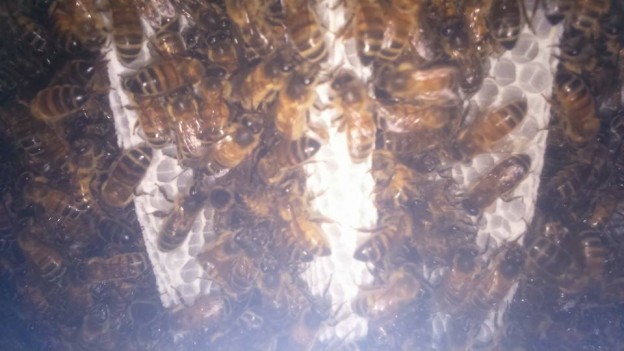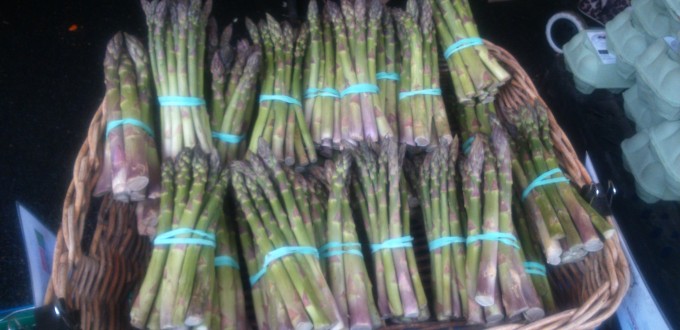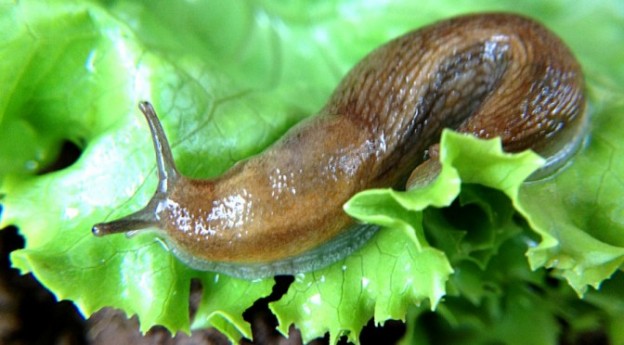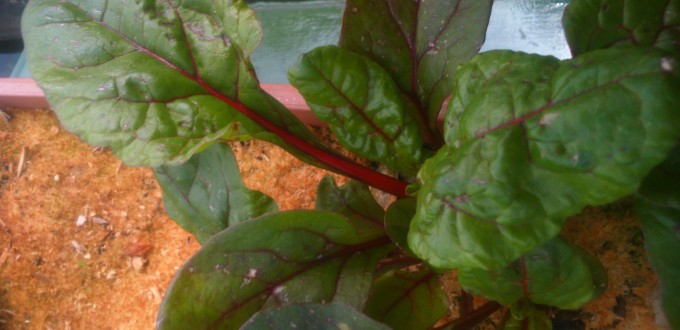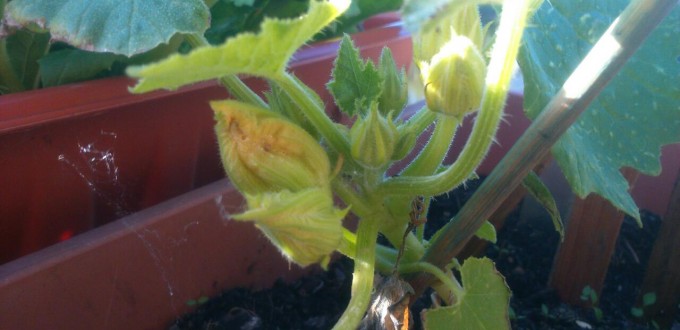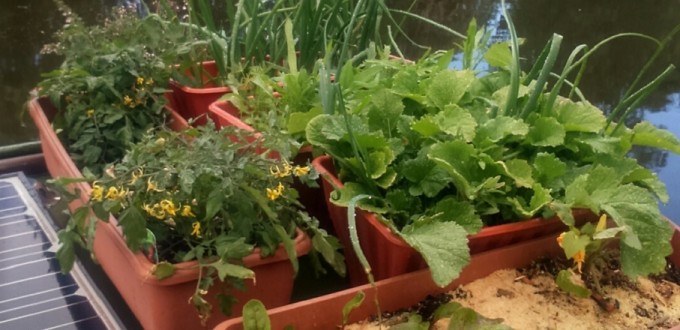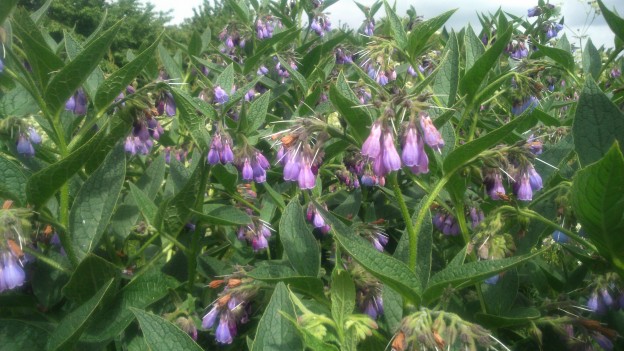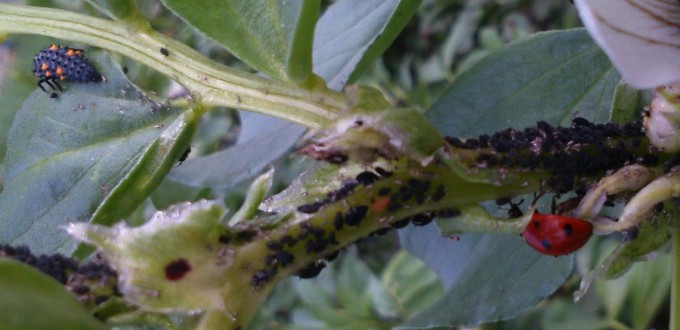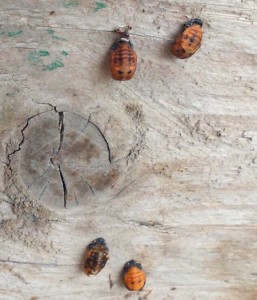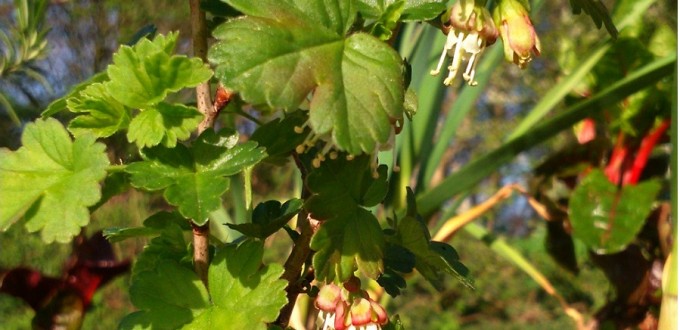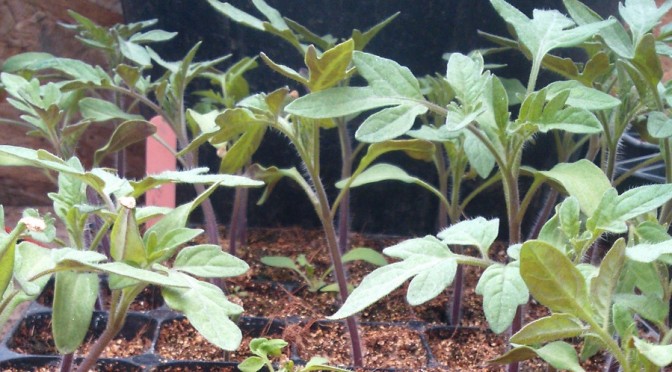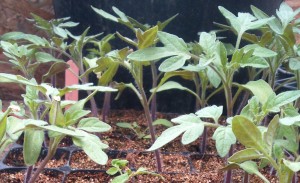I ‘ve done a lot of searches on the internet in preparation for my eventual acquisition of bees for our Norwegian smallholding. Like many folks I have seen the media reports on how our bees are dying and am worried. I know bees aren’t our only pollinators but I love honey, and of course I want our pollination rates to be as high as possible, so having a pair of hives on our land seems an obvious choice. The more I learn about bees the more interesting they become to me. It’s a topic I can see myself delving into over decades, one like sustainable farming, I will always be learning more about.
I’ve watched numerous documentaries from all over the world. Devoured information on Skep, main stream National and Topbar hives and read dozens of blogs. By and large, it seems most sources are of the opinion that a bee keeper must prevent swarming. In fact, a bee keeper who allows his bees to swarm is widely regarded as a “bad bee keeper.” Perhaps it is my lack of practical skills with bees or a fundamental misunderstanding on my part, but when I read about swarming, my first reaction was excitement. I just kept thinking, “A new colony, fantastic!” The negativity confused me.
I remained confused for quite some time and then I met Sean Hearn, who has one of his apiary set ups at the farm I train at. I was lucky enough to be able to assist Sean a few times over the last few months and while doing so he patiently answers my queries. He was also the first person to give me an answer about swarming that made sense to me.
Sean, although trained in traditional bee keeping, is one of a small number of bee keepers who subscribe to what is either called “sustainable or natural bee keeping” a school of thought where minimal interference is practiced, chemicals avoided and focus is on both the hive’s health as well as production of honey.
As under the gun to learn as much as possible as I feel I never seem to get as much time with the mentors on the farm as I would like or probably need and Sean is no exception, but I’ve found his blog quite good as an additional source of information.
Natural bee keeping is vastly different from industrial counterpart. To fully appreciate how radical it is you need to understand traditional or industrial methodology first. This podcast where Sean speaks to the folks at 21stCenturyPermaculture points out some of the main differences is quite good as a starting point. The subject is quite broad of course, but the cord that first resonated with me is the point of swarming.
Natural keepers accept swarming. The swarm is actually the hive reproducing itself and to prevent this, is to take away the ability to reproduce naturally. This is much akin to comparing an F1 plant to the open pollinators.
I know already which sort I believe to be important for our future.
